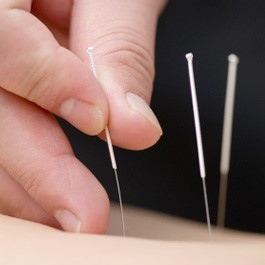Dry Needling
Definition of Dry Needling
Myofascial Dry Needling is a safe and effective method of treatment for musculoskeletal conditions. It is the art of using needles to deal with trigger points which results in a twitch of a muscle as it grabs onto the needle.
It is in no way, shape or form related to acupuncture. The only similarity between acupuncture and dry needling would be the use of the needles however the methodology behind it is different. Acupuncture focuses on the diagnosis of the problem whereas dry needling is all about finding muscles with hypertonicity and releasing that tension.
It is an invasive procedure where a needle is inserted into the skin and muscle directly at a myofascial trigger point. The trigger point itself is made up of contraction knots which are linked to the continuous pain.
Proper dry needling will cause, what is called a LTR or local twitch response. These LTR’s improve the treatment outcomes. After the muscle twitch’s, it then relaxes further, relieving pain and the restriction of motion.
As inserting the needle can be painful, this is not for everyone however if you can overcome the pain, the benefits are worthwhile. Whilst inserting a needle, I’m not injecting anything, The pressure from the needle being inserted into the muscle causes a spasmodic reaction and, in turn, relaxes the muscle.
Dry needling focuses directly on the muscle and its aim is to release the built up tension. If you have a problem with tightness within a specific area.
Benefits of Dry Needling
- Relieve muscle pain
- Improve muscle length
- Improve use of muscles
- Improve sleep and relaxation
- Decrease inflammation
Who may benefit from Dry Needling
- Individuals who have sustained injuries
- Individuals with trigger point problems
- Individuals with Musculo-Skeletal Pain & Injuries
- Sporting Injuries, especially ITB Syndrome & Plantar Fasciitis
- Neck and Back Pain
- Muscle Strains and Sprains
- Muscle Imbalances and Tightness
